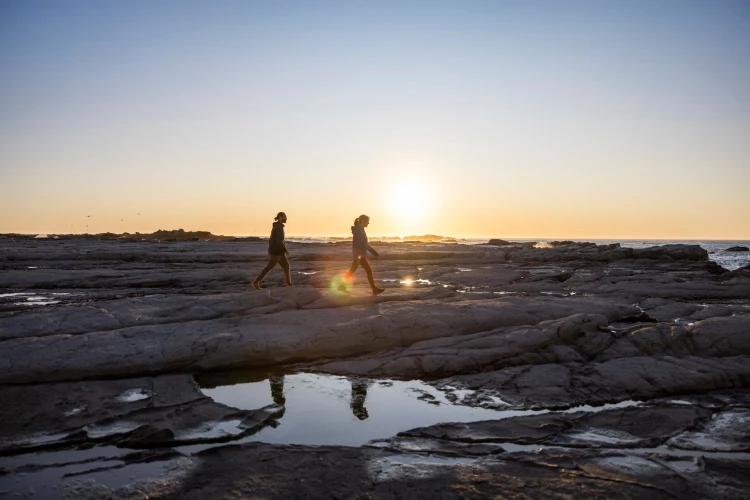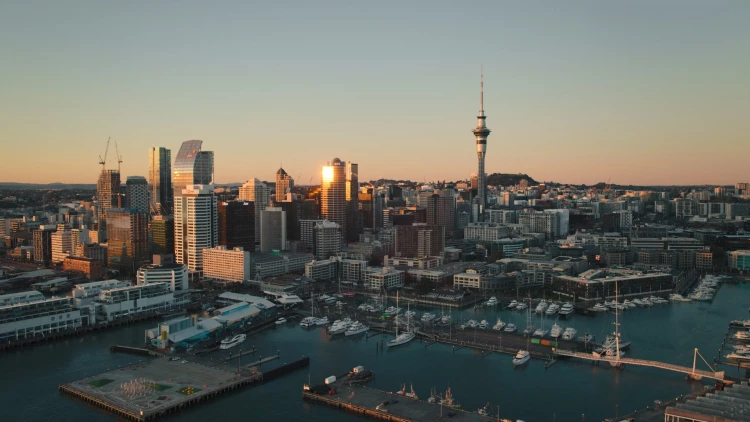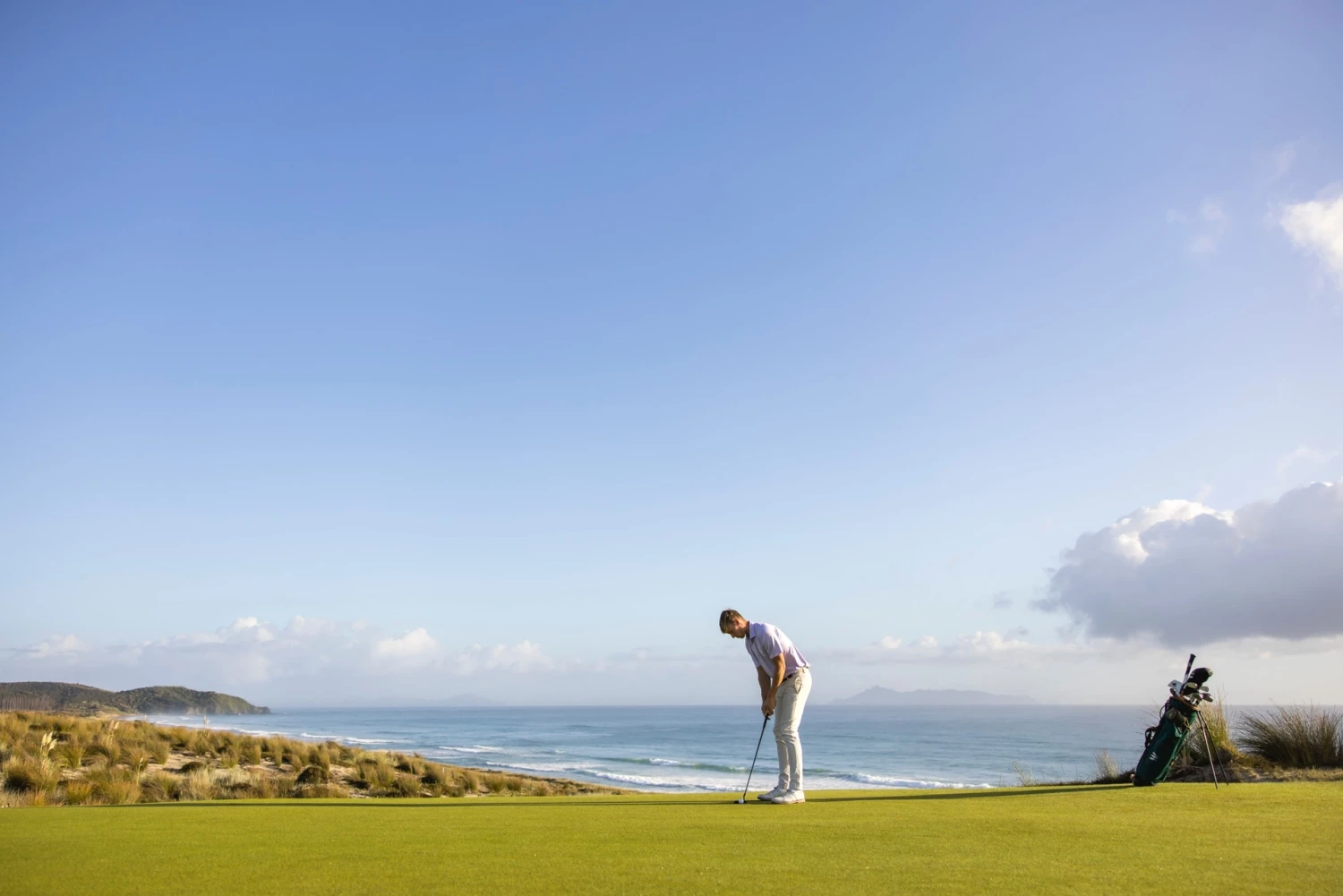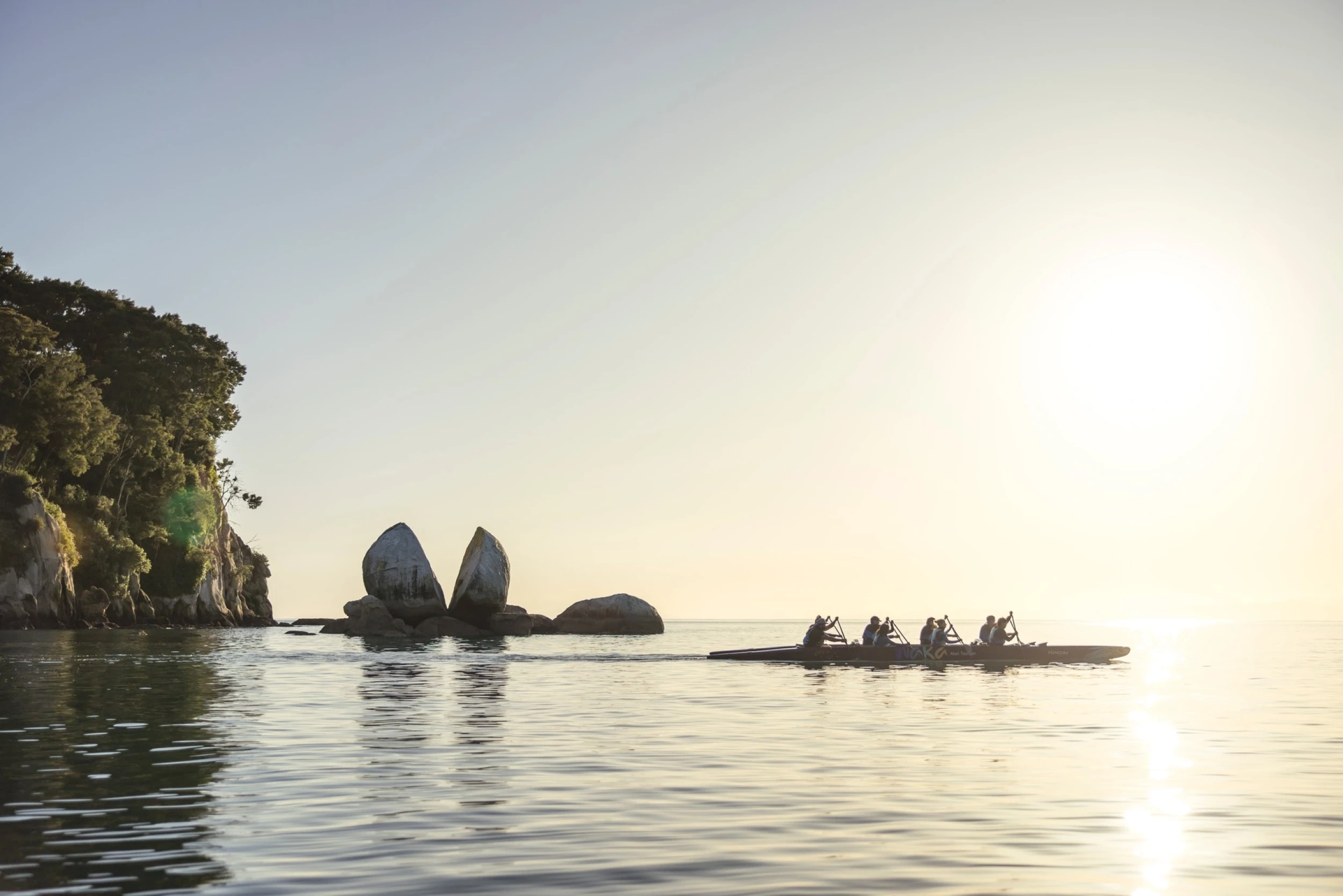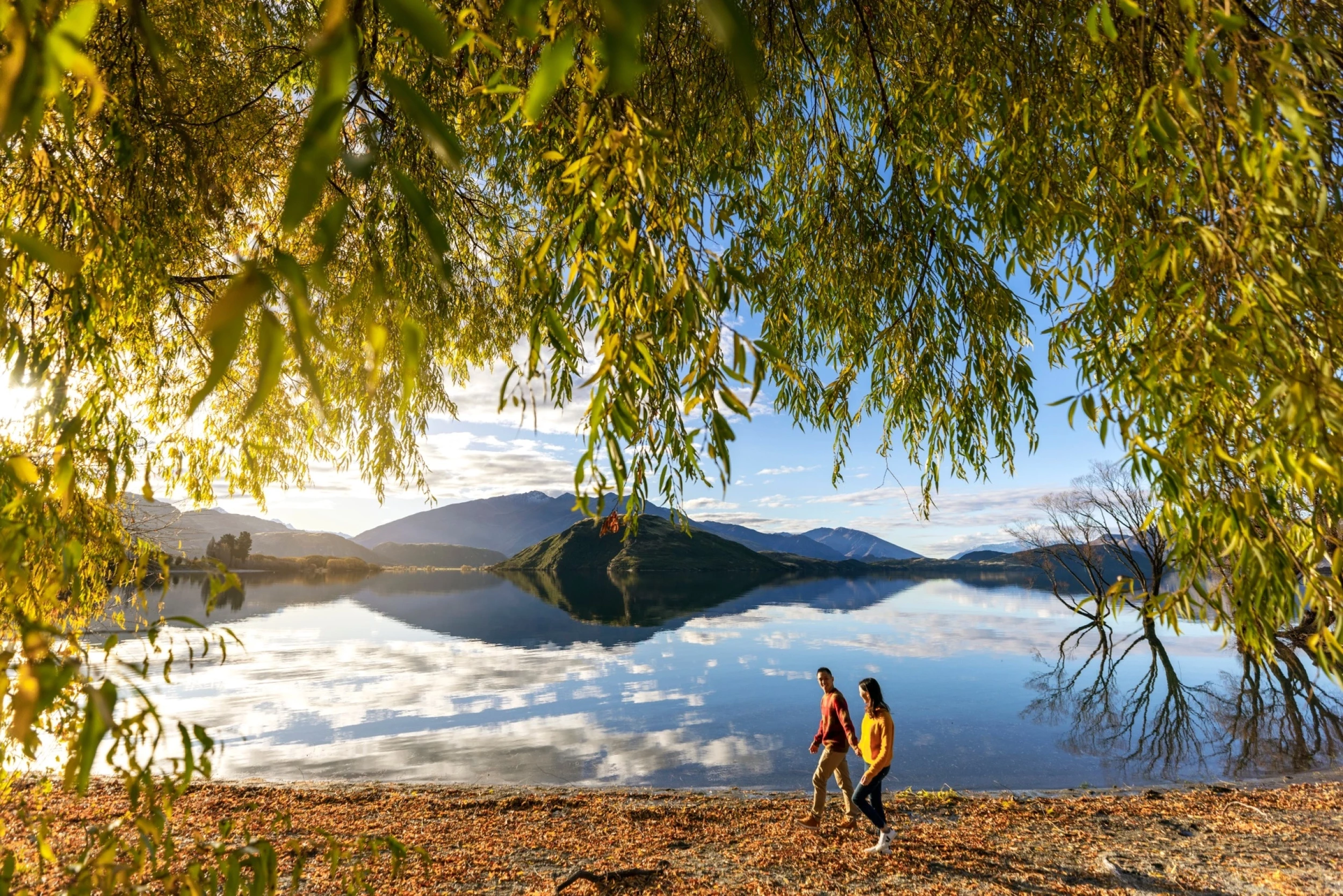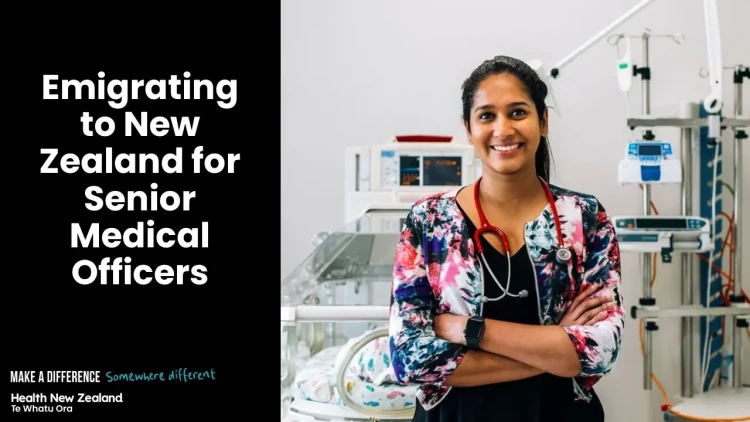- About Health New Zealand
- Locations
- Allied Health
- Midwifery & Nursing
-
Medical Officers
- All Senior Medical Officers (SMOs)
- Anaesthetists
- Dermatologists
- Emergency Medicine Specialists
- GPs & Rural Hospital Doctors
- General Medicine
- Obstetricians & Gynaecologists
- Oncologists
- Paediatricians
- Pain Medicine Specialists
- Pathologists
- Psychiatrists
- Radiologists
- Surgical Specialities
- Resident Medical Officers (RMOs)
- Specialist Teams
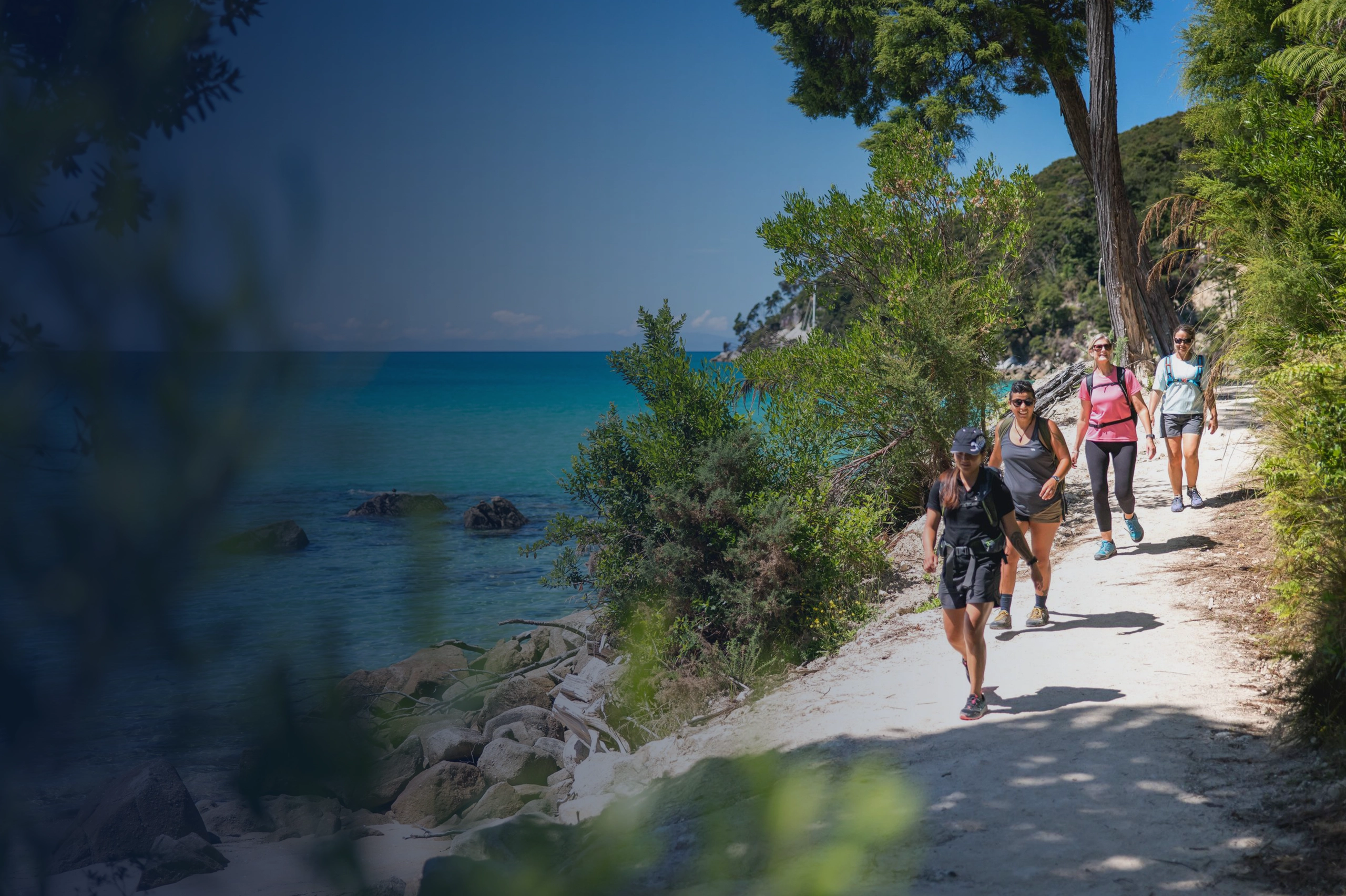
Radiology
Becoming a Radiologist in New Zealand offers a unique opportunity to blend a rewarding medical career with an exceptional quality of life.
Our country's healthcare system is highly regarded, providing Radiologists access to advanced technology and a collaborative, patient-focused environment.
Photo location: Abel Tasman National Park - Credit: Miles Holden
About the role
As a Radiologist in New Zealand, you will be working in a welcoming collegial environment collaborating with other specialists and healthcare providers to deliver quality patient centered care.
We embrace continuous growth and innovation in our services, where learning on the job and building your professional and leadership skills is supported and encouraged.
One of the best things about living and working in New Zealand is the emphasis on work-life balance – this allows radiologists to strike a balance between enjoying work, and the stunning natural landscapes, vibrant culture, and outdoor activities the country is known for. This combination of professional fulfilment and lifestyle appeal makes New Zealand an attractive destination for radiologists seeking both career opportunities and personal well-being.
Join a supportive and collaborative environment dedicated to patient-centric care!
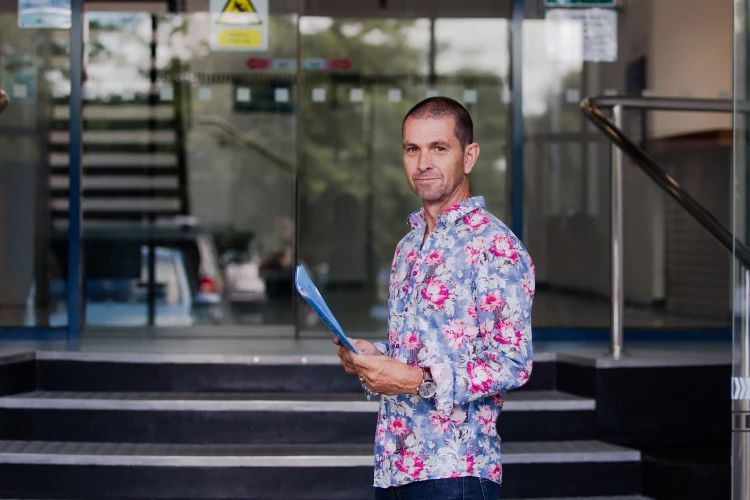
Salary, leave & benefits
Salary:
Senior Medical Officers receive a base salary relative to their level of experience. This is agreed upon at the time of the job offer. There is a 15-step pay scale that SMOs continue to progress through on a yearly basis.
In New Zealand, the salaries and benefits of some roles are determined by collective agreements between unions and employers. The full Senior Medical Officers collective agreement can be found on the Health New Zealand - Te Whatu Ora website here.
Additional allowances are paid on top of base salary and vary due to location and service, and are often not specified in the collective agreement.
Allowances:
There is a range of additional allowances for:
-
on-call,
-
evening, night and weekend work,
-
call back,
-
job size,
-
recruitment and retention,
-
and special contribution.
Leave:
-
6 weeks of paid annual leave.
-
A minimum of 10 days of sick leave per year.
-
10 days of paid Continuing Medical Education Leave (CME), plus the ability to use annual leave tacked onto the end of your CME travel.
-
6-12 months of parental leave, depending on the length of service, including 6 weeks of fully paid parental leave.
-
12 paid public holidays + time in lieu/alternative holiday if rostered on.
-
Long service leave + sabbatical opportunities.
Additional benefits include:
-
An annual Continuing Medical Education (CME) allowance of NZD $16,000 (pro-rated for part-time employees).
-
Membership subscriptions of medical professional bodies are reimbursed by Health New Zealand.
-
Your professional indemnity insurance is covered by Health NZ.
-
If eligible, up to a 6% matching superannuation contribution from Health New Zealand as your employer. Find out more here.
-
A relocation package for international candidates.
Leadership and career development opportunities:
Health New Zealand encourages Senior Medical Officers to be involved in the design, implementation and performance of facilities and technology involved in the delivery of healthcare services to ensure an effective, efficient and safe workplace.
Specific opportunities vary by location and service; however, they can include:
-
Support and encouragement for research and publications.
-
Mentorship opportunities for apprentice Junior Doctors/Registrars.
-
Regional and National networks allow for subspeciality research and practice.
-
Ongoing development and support for career growth with on-the-job coaching and a variety of in-house training programmes.
Roles & responsibilities
The roles and responsibilities of a Radiologist in New Zealand include a range of clinical, diagnostic, and collaborative duties:
Diagnostic imaging:
- Radiologists interpret medical images such as X-rays, CT scans, MRIs, and ultrasound scans to diagnose diseases, injuries, and other medical conditions.
Patient care:
- Radiologists are responsible for ensuring that imaging procedures are safe and appropriate for each patient.
Interventional procedures:
- Radiologists may perform minimally invasive procedures guided by imaging technology, such as biopsies, drainages, or the insertion of catheters and stents. These procedures often serve as alternatives to traditional surgery.
Consultation with other physicians:
- Radiologists frequently collaborate with other medical professionals, providing expert opinions on imaging results to aid in diagnosis and treatment planning. They may also participate in multidisciplinary team meetings to discuss complex cases.
Quality assurance and safety:
- Radiologists are responsible for ensuring the quality of imaging procedures and maintaining safety standards. This includes oversight of imaging protocols to minimize radiation exposure and adhering to expected standards of practice in Radiology.
Teaching and mentoring:
- Many Radiologists in New Zealand contribute to the education and training of medical students, Radiology residents, and other healthcare professionals. This may involve delivering lectures, supervising clinical training, and mentoring junior staff.
Research and continuing education:
- Radiologists are often involved in clinical research to advance the field of Radiology and improve patient care. They also engage in continuing education to stay current with technological advancements and emerging practices in diagnostic imaging.
Administrative duties:
- Radiologists may take on administrative roles, such as managing a Radiology department, developing policies and procedures, or overseeing the implementation of new technologies and practices within the imaging service.
Required qualifications & experience
To work as a Radiologist in New Zealand, the following qualifications and experience are required:
Medical degree:
- MBChB or equivalent: Radiologists must first obtain a medical degree (MBChB or equivalent) from a recognised medical school. This typically involves a 5- to 6-year undergraduate medical programme.
General medical registration:
- New Zealand Medical Council Registration: Graduates must complete a one-year internship (house officer year) and obtain general registration with the Medical Council of New Zealand (MCNZ). International medical graduates may need to pass additional exams or assessments to gain registration.
Specialist training in Radiology:
- Radiology residency programme: After gaining general medical registration, doctors must complete a specialist training programme in Radiology. In New Zealand, this is typically a 5-year training programme accredited by the Royal Australian and New Zealand College of Radiologists (RANZCR). The programme includes both clinical training and examinations.
Fellowship with RANZCR:
- FRANZCR certification: upon successful completion of the residency programme, Radiologists must obtain a Fellowship with the Royal Australian and New Zealand College of Radiologists (FRANZCR) or equivalent. This fellowship certifies them as a qualified Radiologist and is required to practice independently in New Zealand.
Experience in Radiology:
- Clinical experience: relevant clinical experience during and after the residency programme is essential. Many Radiologists gain additional experience through fellowships or work in various subspecialties of Radiology, such as Interventional Radiology, Neuroradiology, or Paediatric Radiology.
Continued Professional Development:
- Ongoing education: Radiologists are expected to engage in continued professional development (CPD) to maintain their registration and stay up to date with the latest advancements in Radiology. This may involve attending conferences, workshops, and completing CPD activities.
English language proficiency:
- Language requirements: proficiency in English is mandatory, and international medical graduates may need to provide proof of English language proficiency through exams like IELTS or OET, unless they have completed their primary medical qualifications in an English-speaking country.
Registration with professional bodies:
- Professional registration: in addition to MCNZ, Radiologists may need to register with relevant professional bodies, such as the RANZCR, and adhere to their standards and codes of conduct.
Information for international candidates
Internationally qualified candidates:
Titles may vary depending on the specific role, responsibilities, and the country in which the Radiologist is practising, however some alternative titles internationally could include
-
Clinical Radiologist
-
Consultant Radiologist
-
Diagnostic Imaging Consultant
-
Diagnostic Radiologist
-
Imaging Consultant
-
Interventional Radiologist
-
Medical Imaging Specialist
-
Radiology Consultant
-
Radiology Physician
-
Radiology Specialist
Find out more about life in New Zealand:
We have a page dedicated to providing information to candidates about our recruitment process, what you need to work in New Zealand and key details about moving here.
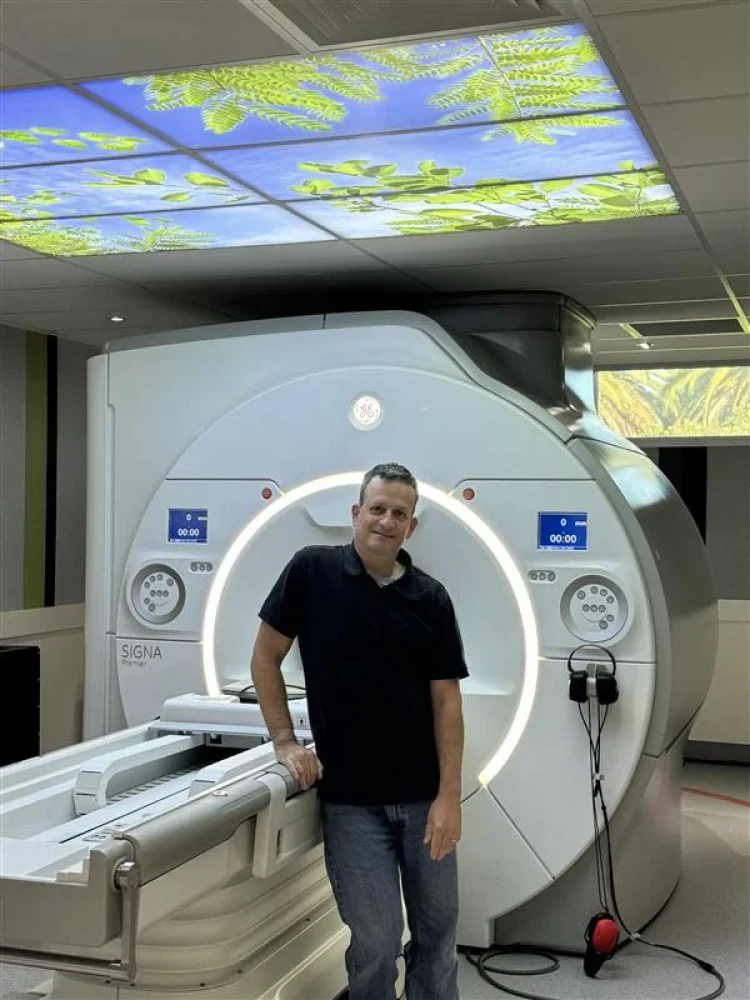
Apply for a Radiologist role
Domestically Trained Candidates
If you trained in New Zealand or Australia, search current vacancies with our districts to apply for here:
Internationally Trained Candidates
If you trained outside of New Zealand or Australia, register through our International Recruitment Centre here:
Working at Health New Zealand
'Te Whatu Ora' translates from our indigenous Māori language to 'the weaving of wellness'; which is what we are all about in our holistic delivery of world-class care for the health and wellbeing of the 5 million Kiwis in our communities.
Health New Zealand has an open and non-hierarchical approach to improving outcomes for our patients. Our cross-disciplinary collaborative way of working fosters a positive work environment where all members of our team feel supported and empowered.
Our commitment to you
We are dedicated to building a team that is representative of the communities that we are serving. We are committed to supporting health equity in our communities. Our kaimahi (staff) thrives on the diversity and inclusion of all perspectives and cultures, and we welcome individuals from all backgrounds and lived experiences.
Health New Zealand has programmes and facilities available to both protect and improve our teams’ physical, mental and emotional health and wellbeing. We know that you do your best work when you’re feeling your best, so it’s important to us that this is a priority.
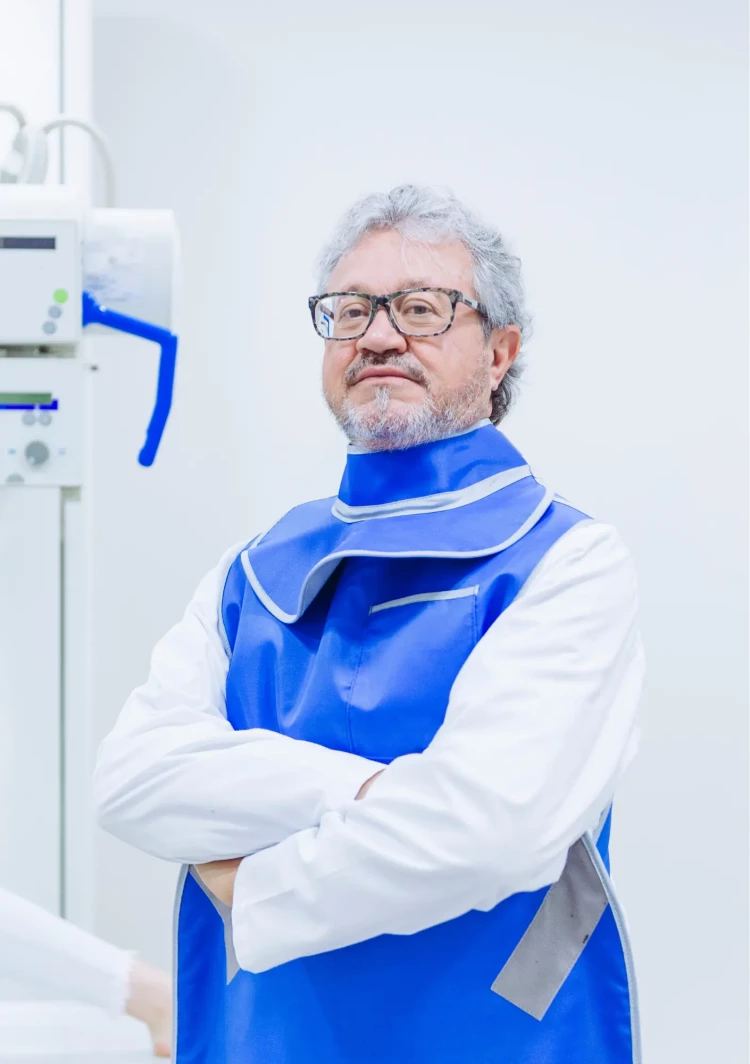
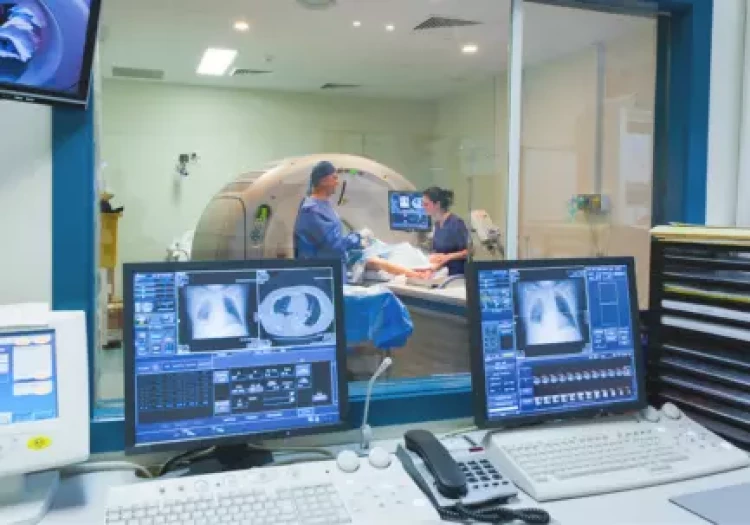
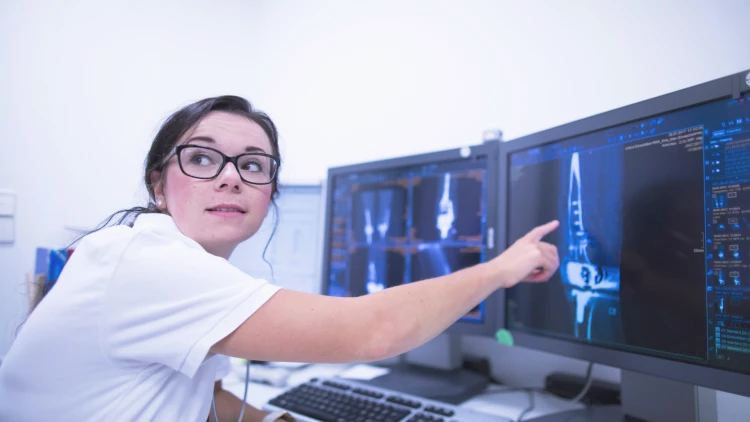
Looking to move to New Zealand to work as a Radiologist?
Great news! Radiologists (SMOs) are on Tier 1 of New Zealand's Green List which means you are eligible for a fast-tracked Straight to Residence Visa. This means you and your family can apply for New Zealand residency before you arrive, provided you have a job offer from an accredited employer, like us!
Explore Aotearoa
New Zealand - Aotearoa has been in the top 5 countries in the Global Peace Index every year since it launched in 2009 and has a broad range of places to call home, from the bustling metropolis of our main centres, to the easy-going vibe of our coastal or rural communities.
Find out more information about what part of our beautiful country is the best fit for you.
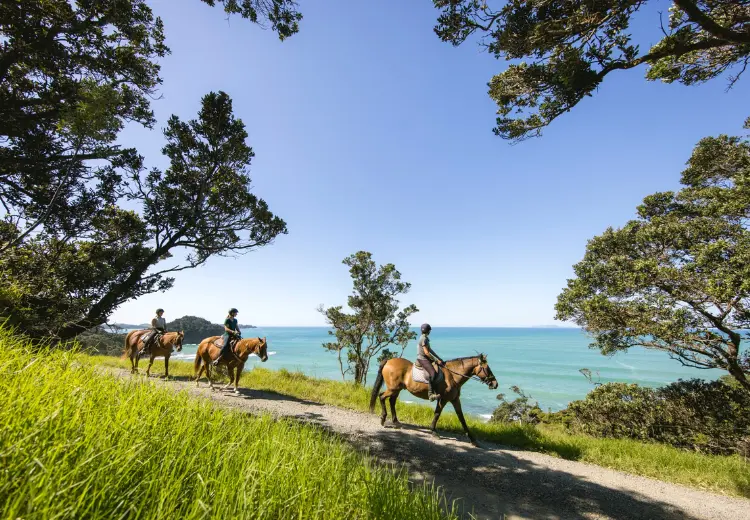
Te Tai Tokerau Northland
Population: 194,600
Northland is a beautiful and diverse region of Aotearoa, New Zealand with plenty to offer visitors. Whether you're interested in water sports, historic sites, natural beauty or ancient Kauri trees—Northland has it all!
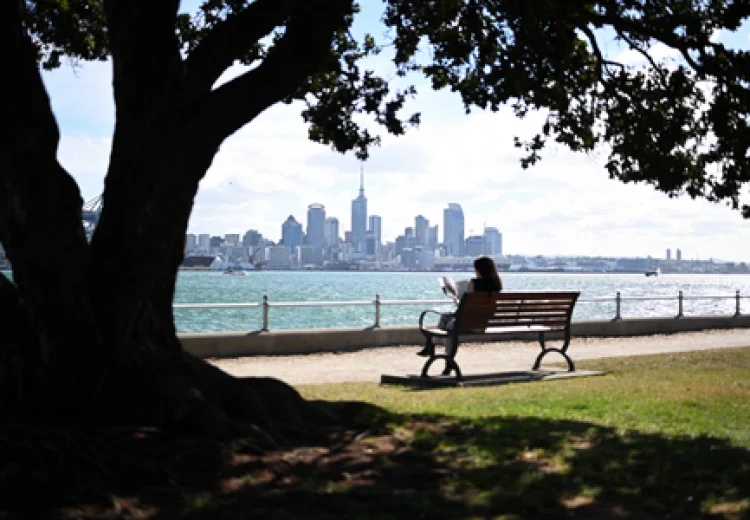
Waitematā
Population: 650,000
Waitematā is the largest and one of the most rapidly growing Districts serving the largest population of all Health New Zealand. Waitematā offers a balanced lifestyle that combines the convenience of city living with the natural beauty and community spirit of suburban life.
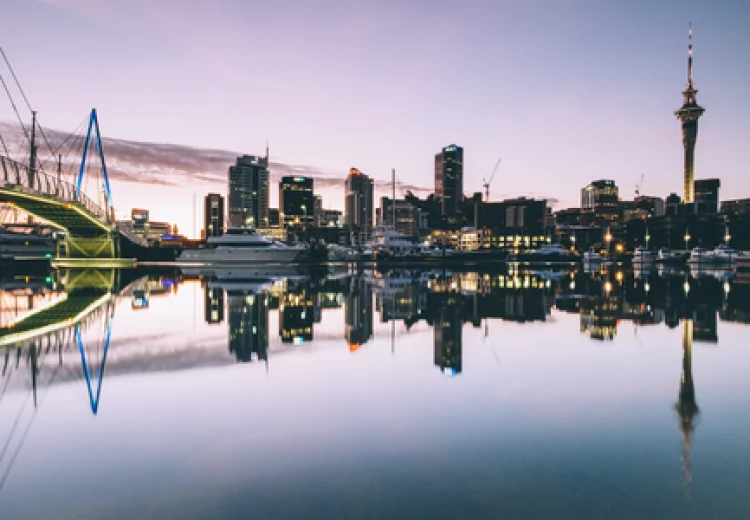
Te Toka Tumai Auckland
Population: 500,000
Auckland the "City of Sails" is Aotearoa, New Zealand’s largest city and commercial hub. It’s where metropolitan sophistication meets breathtaking natural beauty. Auckland is filled with a variety of warm and welcoming communities, packed with new places to explore.
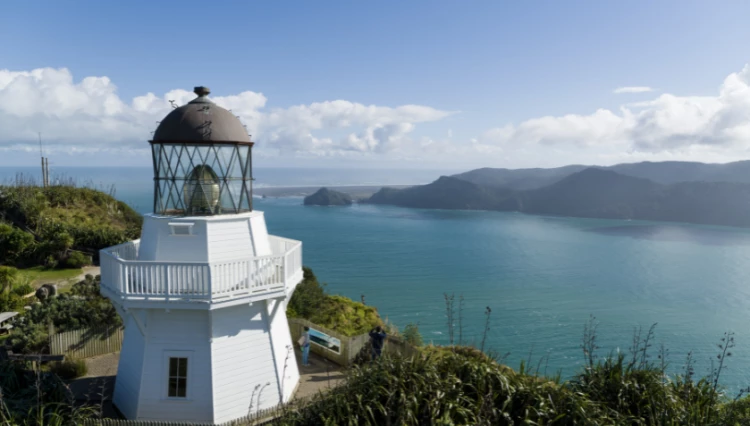
Counties Manukau
Population: 500,000
Counties Manukau is a vibrant place where there's never a dull moment! Living and working here ensures you're always close to amenities, events and nature. You'll never run out of places to visit or things to do.
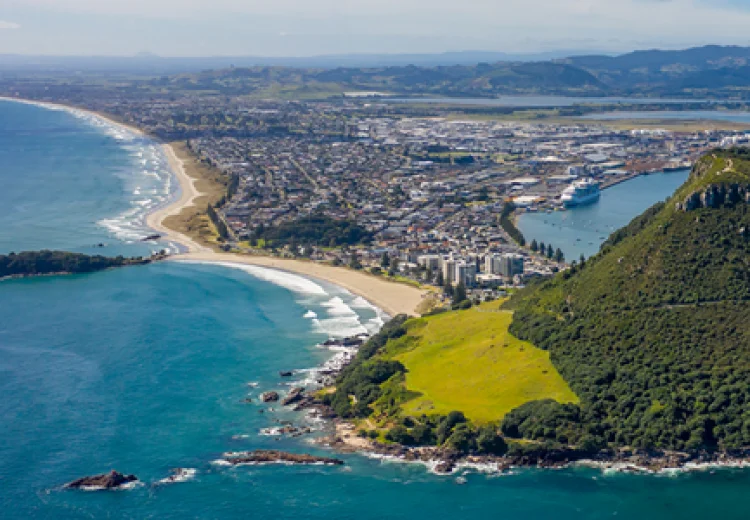
Hauora a Toi Bay of Plenty
Population: 255,110
The Bay of Plenty is a place of beautiful harbours, long surf beaches and an easygoing lifestyle. We showcase the perfect place to explore a wide range of nature-based pursuits – this gives the people of the Bay of Plenty the chance for a better work-life balance.
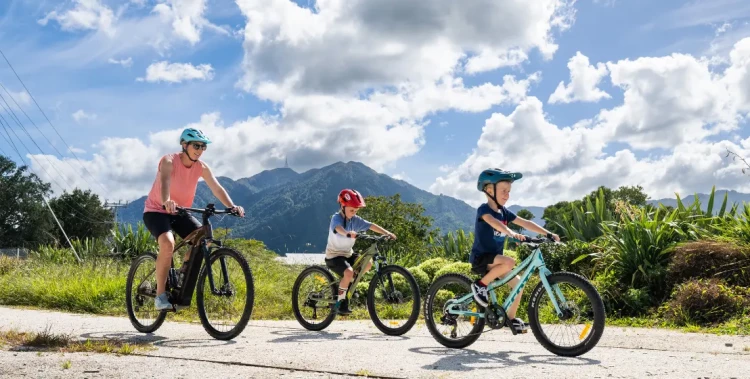
Waikato
Population: 425,000
The Waikato region is known for its natural beauty, rich Māori culture, and agricultural heritage with something to offer visitors of all interests.
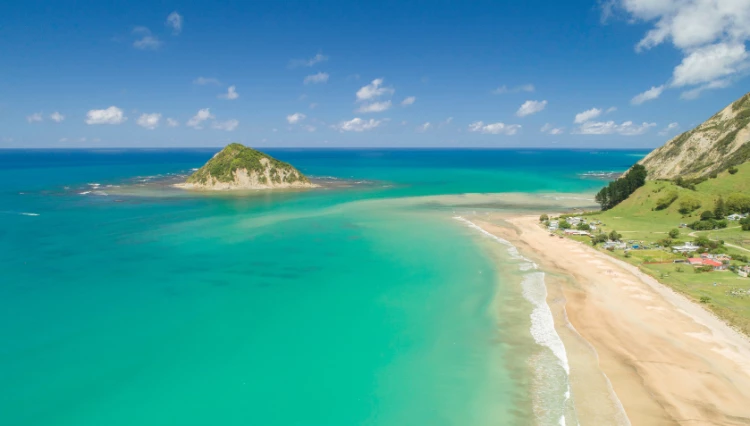
Tairāwhiti Gisborne
Population: 48,000
In family-friendly Tairāwhiti you will experience an easier pace to life that allows you to pause, reflect, and enjoy a true work-life balance. Gisborne’s relative isolation is its charm, surrounded by beaches & nature - don't worry though! Larger cities are only a quick flight away.
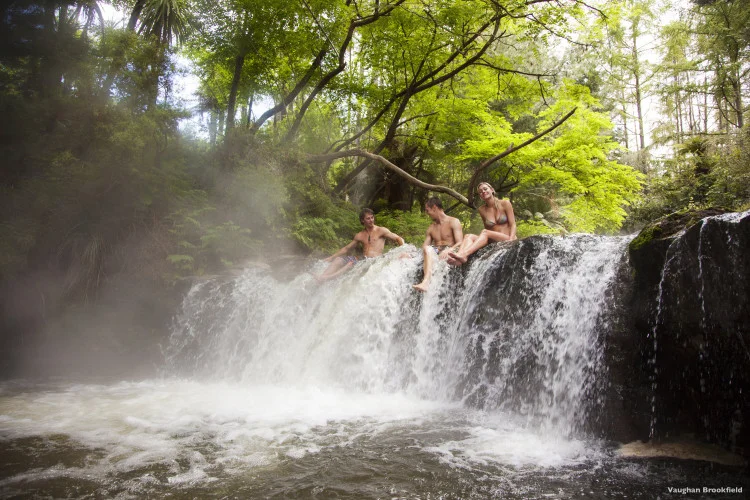
Lakes
Population: 110,000
The Lakes District is well known for its geothermal activity and natural hot springs. The area is located in the central North Island and is home to many geothermal attractions, such as geysers, hot mud pools, and steam vents. Visitors can also relax in the region's natural hot springs, which are believed to have healing properties.
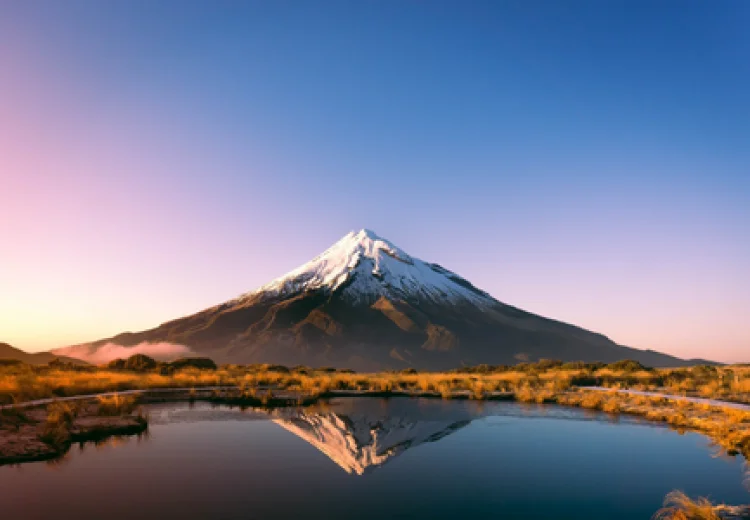
Taranaki
Population: 130,000
Taranaki is a magical place with a majestic mountain at its heart, including the rugged coastline that's world-renowned for its surf. Its residents' love of art and culture, cafes and outdoor living mean it's also fantastic to work—and play!
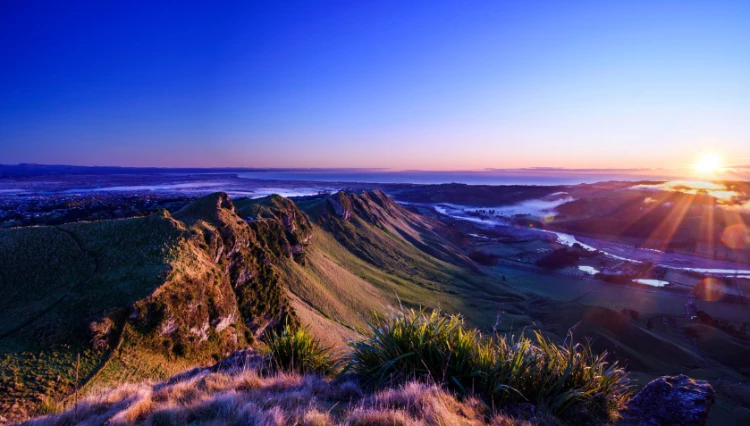
Te Matau a Māui Hawke's Bay
Population: 180,000
Known for its world-class wineries, stunning beaches and temperate climate, Hawke’s Bay boasts a lifestyle that is unmatched. The region is a popular destination for food and wine tourism, hiking, cycling and cultural events such as the annual Art Deco festival.
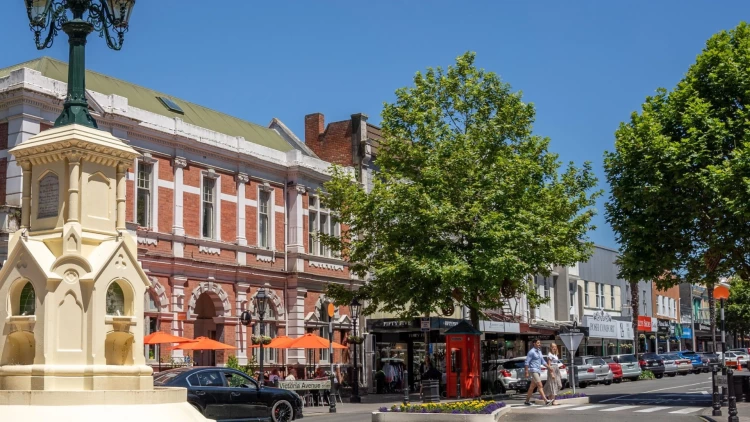
Whanganui
Population: 65,000
Whanganui has something for everyone. Our centrally located region offers access to outdoor activities such as kayaking, skiing, surfing, tramping, cycling, fishing and hunting. Nestled between two snow-capped mountains, on the banks of Whanganui River there is always plenty to do and explore.
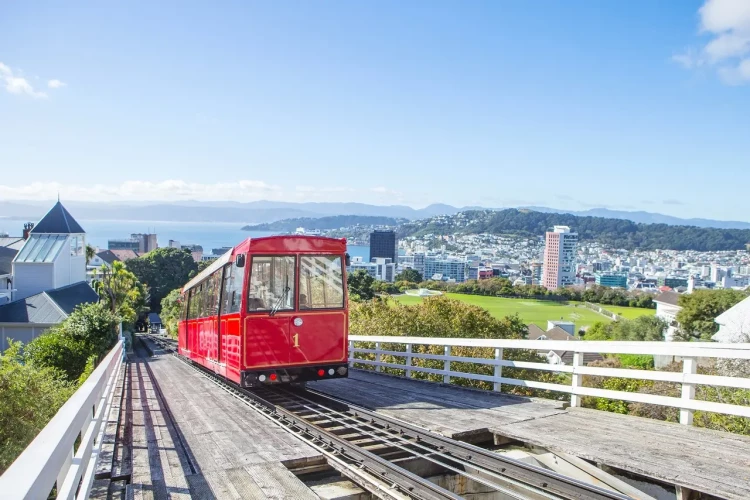
Capital, Coast and Hutt Valley
Population: 445,000
Wellington, the capital city of Aotearoa New Zealand, is a bustling and diverse hub of culture and cosmopolitanism, renowned for its lively cafés, restaurants, and internationally acclaimed sporting and cultural events, all set against the stunning backdrop of a natural harbour. To the north of Wellington lie the regions of Porirua, Kapiti, and Hutt Valley.
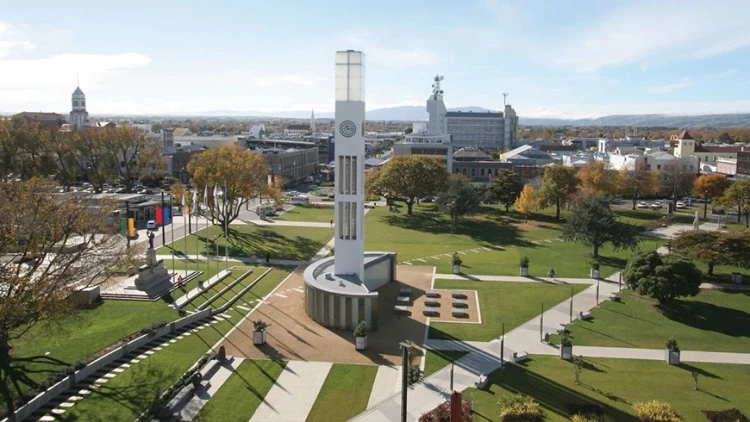
Te Pae Hauora o Ruahine o Tararua MidCentral
Population: 190,000
Get the best of both worlds - the perfect blend of rural and city living with the mountains, city and sea at your fingertips.
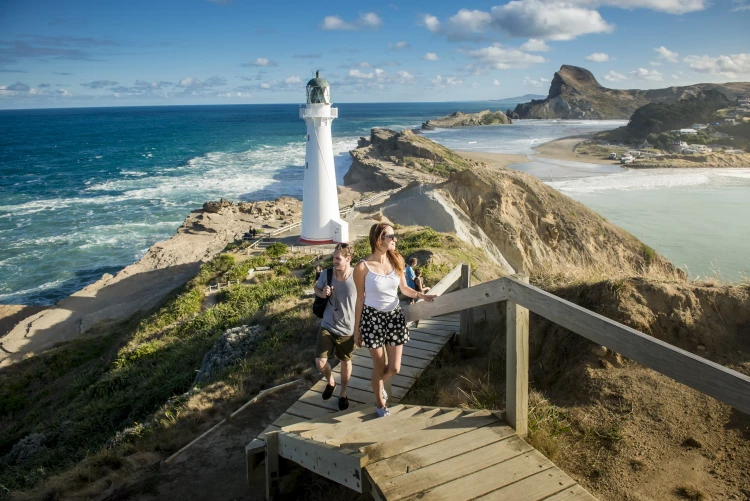
Wairarapa
Population: 48,000
From rugged coastlines, boutique vineyards to lush forests, Wairarapa is a slice of paradise for those who love the outdoors and seek a peaceful environment to recharge after a rewarding day's work.
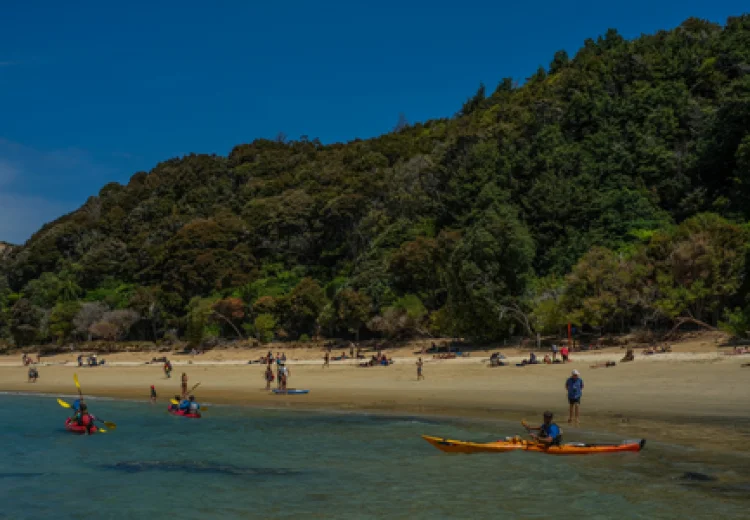
Nelson Marlborough
Population: 150,000
Nelson Marlborough has been dubbed the artistic capital with a thriving urban centre and one of New Zealand's sunniest regions.
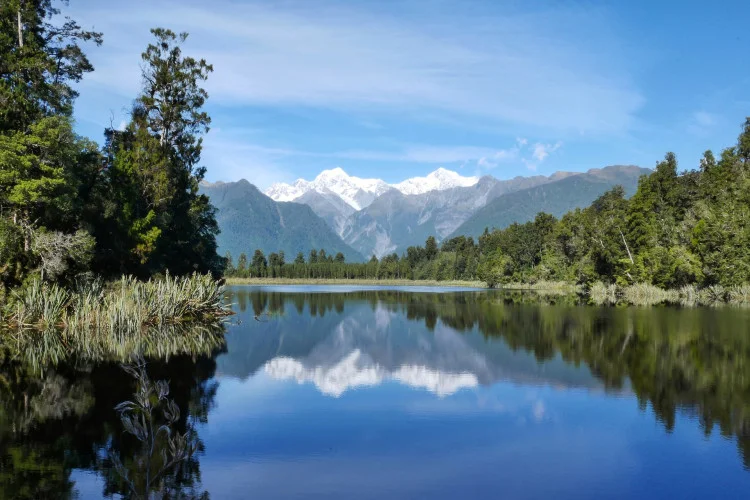
Te Tai o Poutini West Coast
Population: 32,000
Te Tai o Poutini/West Coast has views of both the mountain ranges and the ocean! It is an untamed natural wilderness of beautiful rivers and rainforests, glaciers and geological treasures.
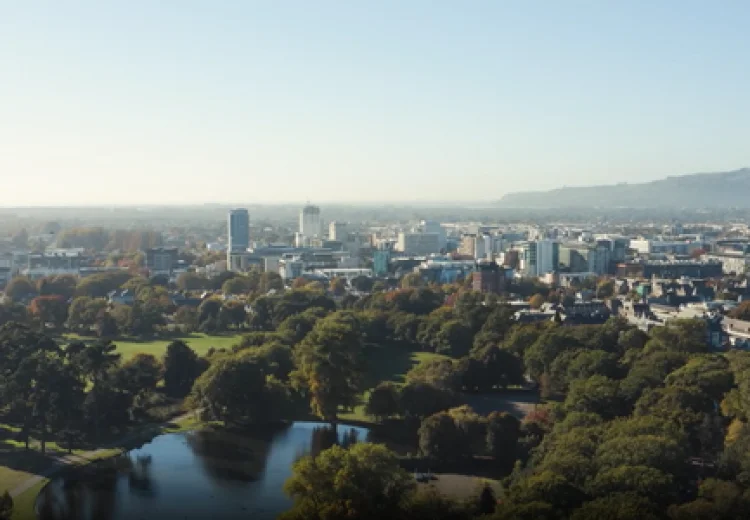
Waitaha Canterbury
Population: 600,000
The Canterbury region is a great place to live and work due to its natural beauty, vibrant economy, cultural diversity, strong community, and high quality of life.
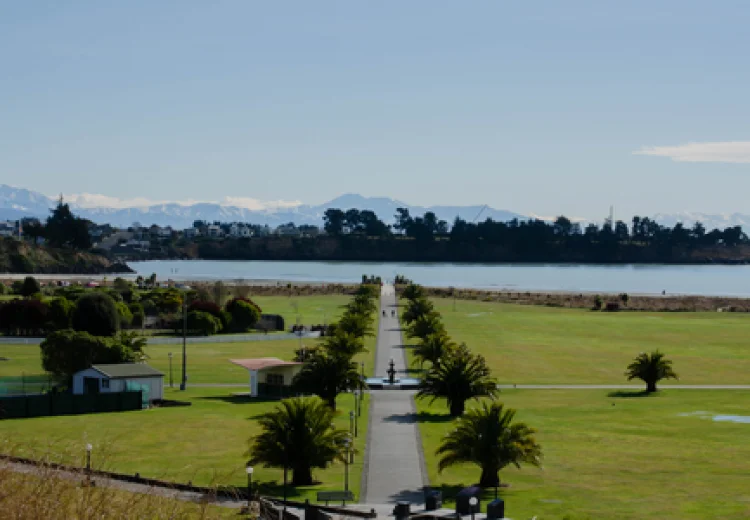
South Canterbury
Population: 62,000
The South Canterbury District is an area of stunning beauty with great lifestyle opportunities, a safe and welcoming family-friendly environment, affordable living, excellent educational opportunities and a wide range of cultural and sporting facilities.
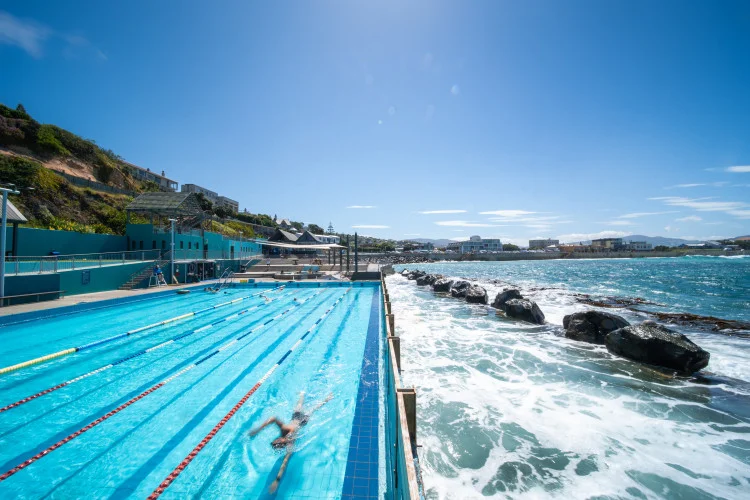
Southern
Population: 350,000
Well known for its beautiful natural scenery, which includes towering mountains, stunning fjords, majestic glaciers, and crystal-clear lakes. The region is also famous for its friendly communities, charming towns, and vibrant cities such as Dunedin and Invercargill.
Webinar: Registration for Senior Medical Officers
Health New Zealand’s Health Immigration Service, Kiwi Health Jobs, Immigration NZ and the Medical Council of New Zealand have run joint webinars to take you through the different steps towards starting a new adventure in New Zealand - Aotearoa.
Learn more about moving to our beautiful country, directly from the people who process your applications.

|
Photo location: Auckland - Credit: Matthew Crawford |
